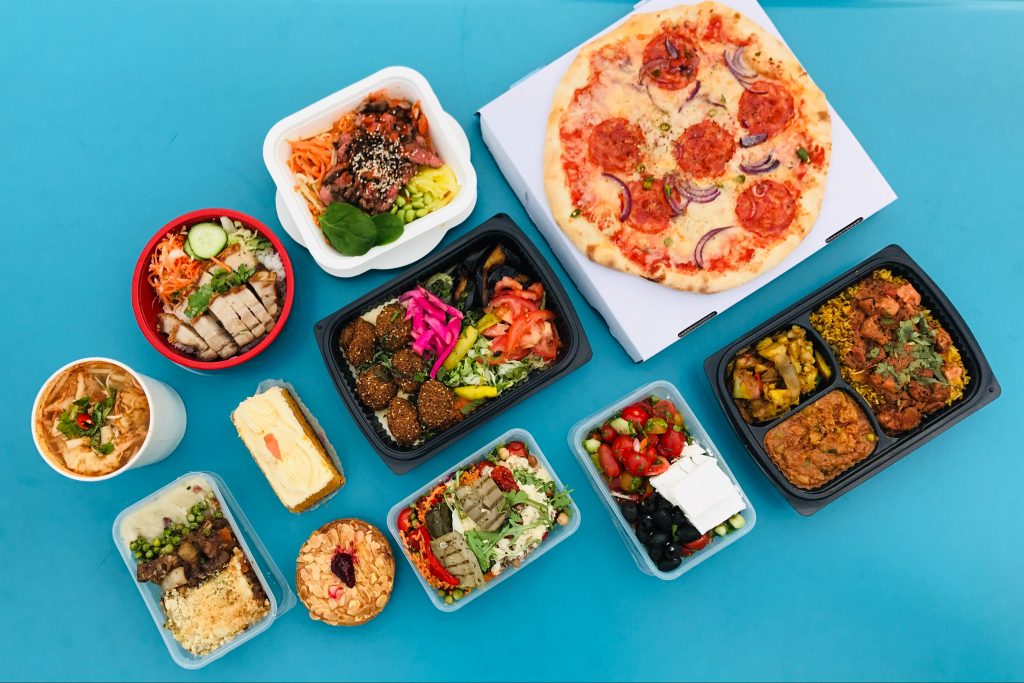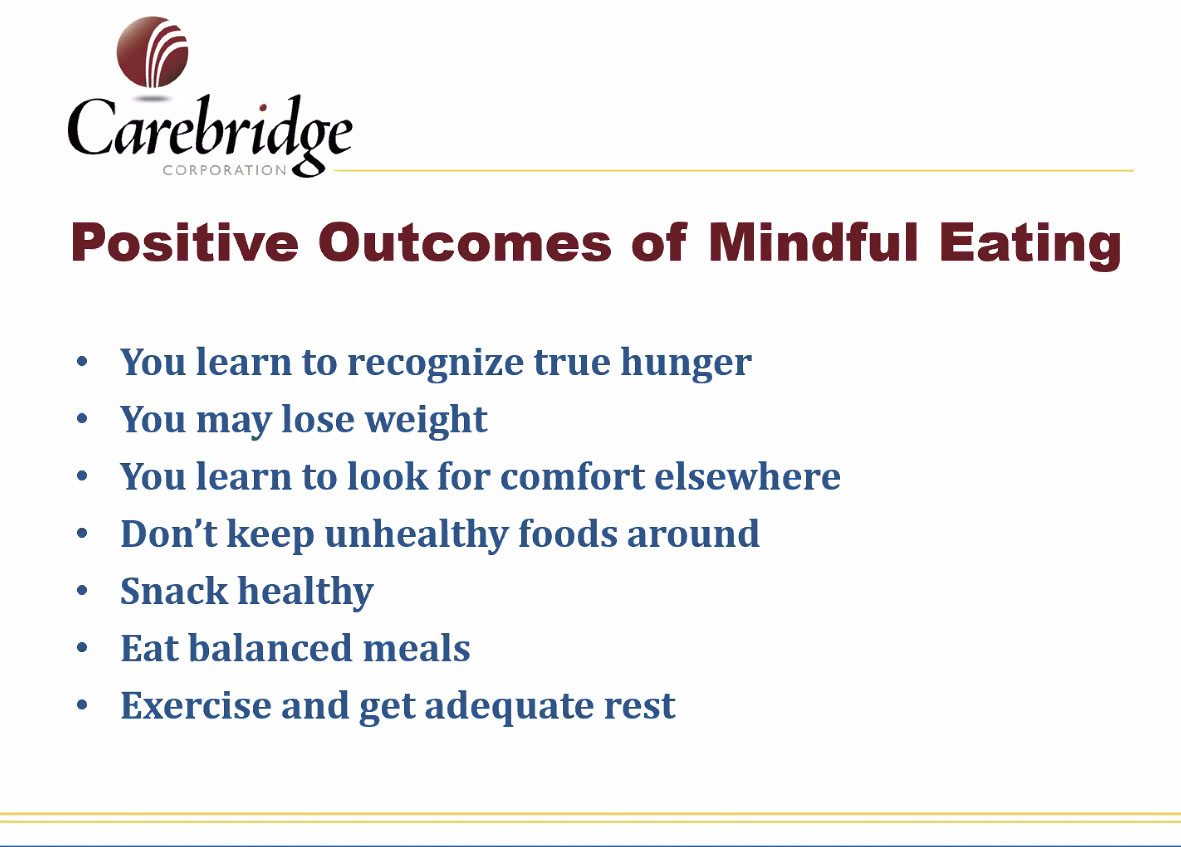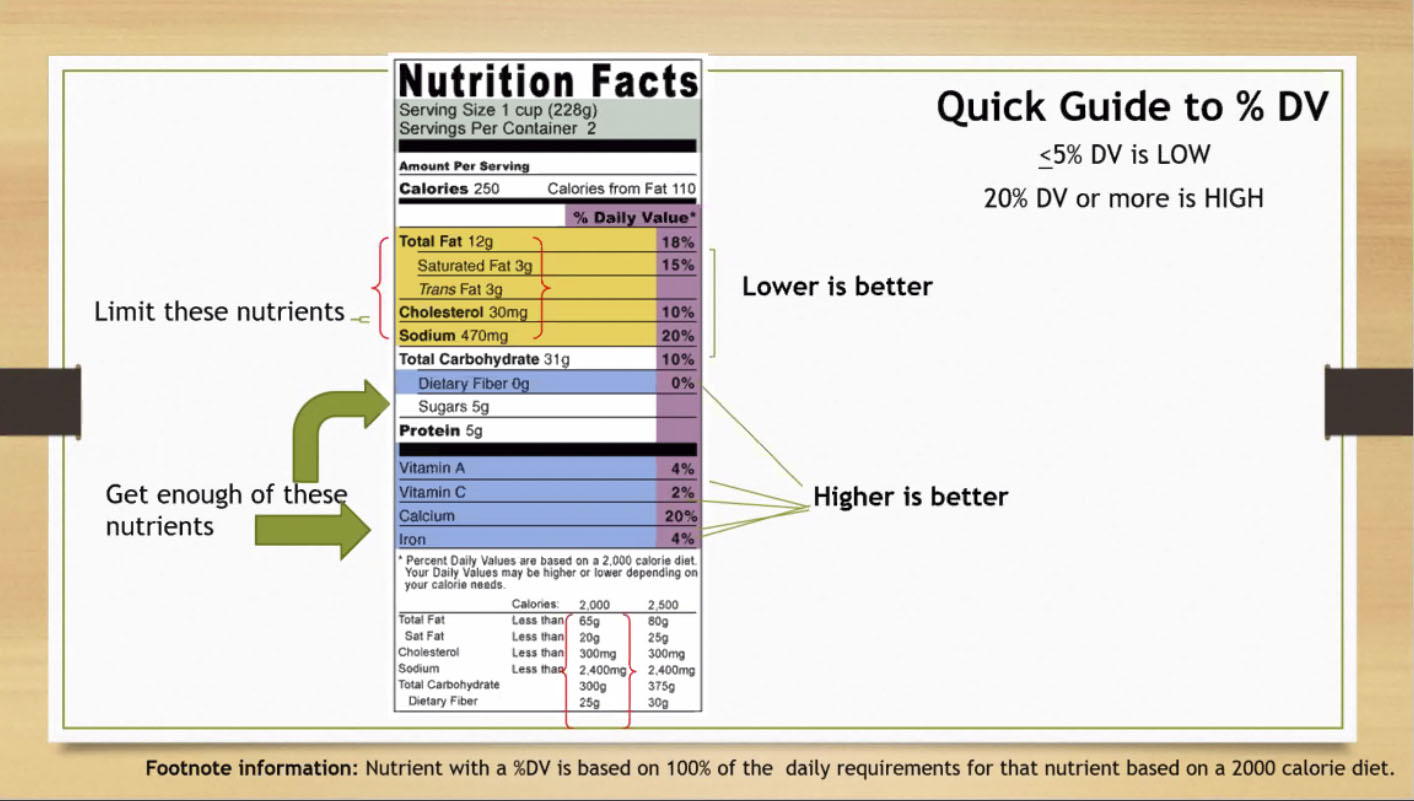Think smarter about the foods you eat
Think smarter about the foods you eat

As college students, it can be easy to fall into the habit of prioritizing schoolwork over physical and mental health. In particular, students end up neglecting their relationship with food, resulting in a drastic effect on their wellbeing. It becomes quicker to grab a coffee instead of breakfast in the morning or eat only after classes and homework are completed. Other times, students find comfort in ordering fast food or reaching for unhealthy snacks when stressed over a project or upcoming exam.
Eating well and fueling your body with nutritious food is essential for staying energized and avoiding a mid-semester slump.
This month, the Academy of Nutrition and Dietetics is celebrating National Nutrition Month to educate people about making informed food choices and developing healthy habits.
Here are some tips to help you avoid emotional eating, create a balanced lifestyle and make mindful choices about the food you consume.
H.A.L.T. Emotional Eating
Emotional eating occurs when we reach for food to satisfy an emotion other than hunger. We often fall into this trap when snacking out of boredom, anxiety or sadness. If you find yourself eating because of one of these emotions instead of genuine hunger, you’re likely overeating.
During Syracuse University’s “Letting Your Emotions Interfere with Eating” virtual webinar on March 16, Jamie Kistler, a registered nurse and manager of quality monitoring at Ashfield Healthcare, recommended using the acronym H.A.L.T. to prevent emotional eating habits.
H.A.L.T. stands for hurt, angry, lonely or tired. Kistler suggests that if you feel yourself reaching for food during an emotionally stressful time, stop and think about what you actually need at that moment.
“H.A.L.T gives you a directive to pause and think, ‘Am I eating for hunger or one of these other emotions?’” she said.
In these cases when you’re eating to deal with another emotion, your brain has tricked itself into thinking that food will make you feel better. Kistler said it is important to find other coping methods that will help you think through these emotions, such as talking to a friend, staying physically active or finding a new hobby to satisfy boredom.

Balance Input with Output
When often trying to better their food habits, some people aim to restrict certain food groups from their diet. Delicious foods become “cheat” foods that we only allow on certain days – even if it means denying our cravings.
By categorizing certain foods as “good” and others as “bad,” we give more power to these foods than they actually have.
Diana Katsikaris, a health and fitness educator and trainer, believes that there should be no such thing as “cheat” foods.
“It all comes down to balance,” Katsikaris said. “The body is so telling in what it wants, if you are craving a cookie or whatever it be after doing a workout, it’s because your body just expended a lot of calories.”
Katsikaris said that even if you aren’t extremely physically active, you can still enjoy snacks and treats in moderation. A balance between what you eat and how much you exercise is key to staying physically and mentally healthy.

Decoding Nutrition Labels
To make good decisions about what you put into your body, you need to be able to read a food item’s nutrition label.
These labels include important details about how much of the item you should eat and how many calories and nutrients it contains.
During SU’s “Read it Before You Eat it” virtual workshop on March 18, Gail Grozalis, SU’s executive director of the wellness initiative, says that you should start reading a nutrition label by observing the serving size. It is important to consider all of the other information on the label in the context of the serving size.
After noting this, Grozalis recommends looking at the other nutrients and paying attention to their daily value percentages.
“If the percent daily value is between zero and 10, we consider that to be low, between 10 and 20 is midrange, and anything above 20 is high,” Grozalis said.
These are important to track to ensure that you are getting enough valuable nutrients in your diet, like iron and fiber. Other nutrients like cholesterol and sodium should be limited.
Another area to pay attention to on a nutrition label is the ingredients list. Food manufacturers are required to list every ingredient in their products, and while these lists are essential to people with allergies, they can be helpful for anyone looking to make smart choices.
“As a general rule, the more ingredients it has, the more processed the item is,” Grozalis said. “It is better to choose foods with recognizable ingredients and shorter ingredient lists.”
This National Nutrition Month, take a look at how you maintain a balance between food, exercise and the stress of school responsibilities. Consider using these tips to improve your own nutrition habits and improve your overall wellbeing.





